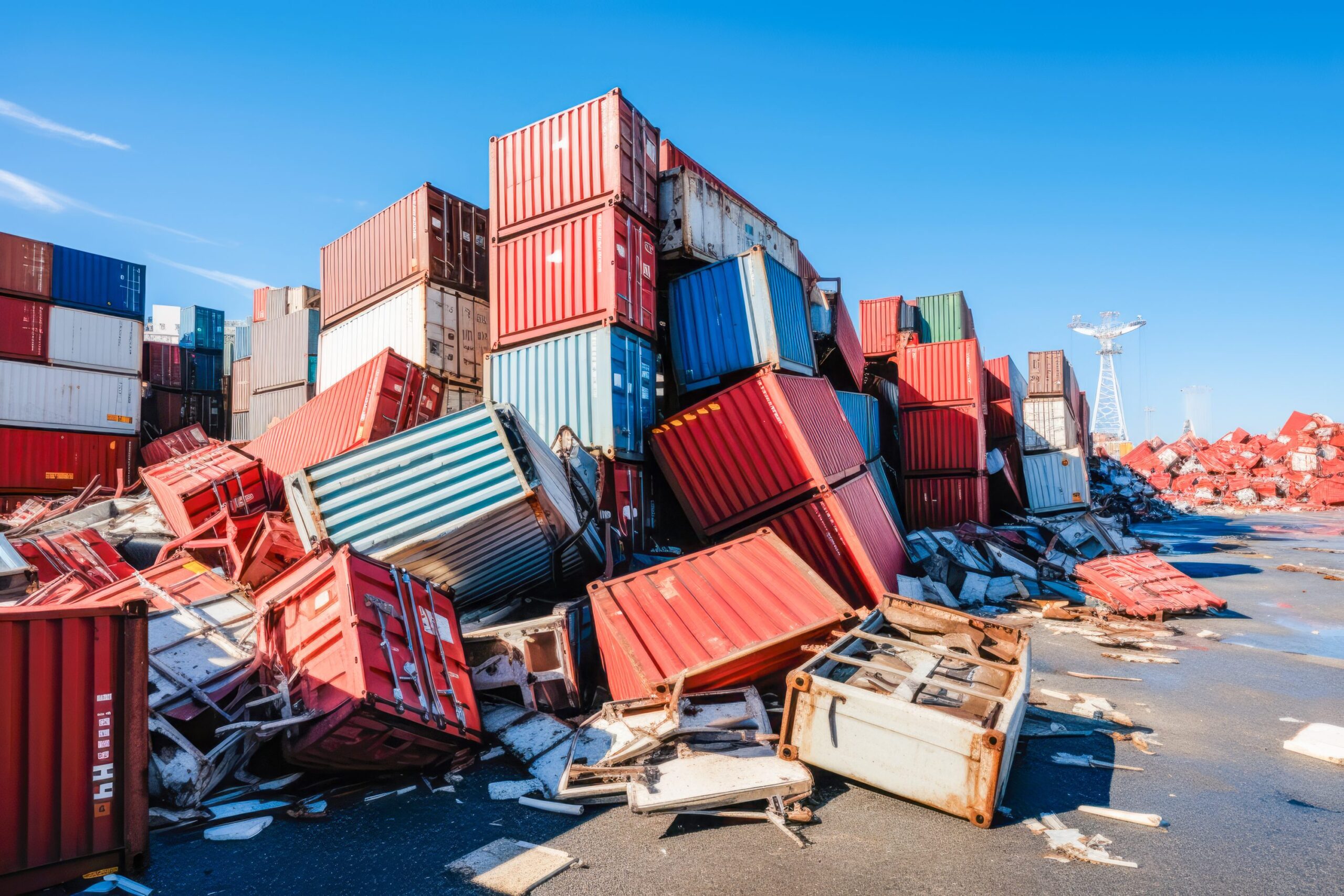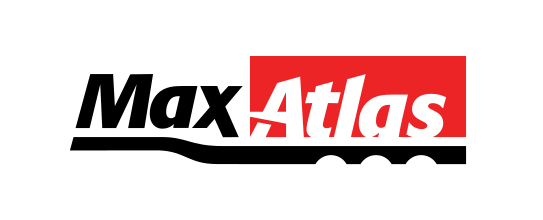
In 2025, intermodal freight has become the most essential—but also the most unpredictable—segment of Canada’s logistics industry. With record container imports, shifting trade routes, infrastructure bottlenecks, and chassis shortages sweeping ports from Vancouver to Halifax, the only constant is change.
For fleet operators in Surrey, British Columbia—a key logistics hub near the Port of Vancouver and CN/CP rail terminals—this volatility means adapting quickly is no longer optional. It’s the new standard.
At Mainland Truck & Trailer Sales, we’ve worked with dozens of drayage, intermodal, and cross-border carriers trying to stay agile during unprecedented equipment and volume fluctuations. Whether you’re managing a fleet of two trucks or 200, understanding the key disruptions shaping the 2025 intermodal landscape is crucial for survival—and long-term growth.
In this blog, we’ll explore what’s driving the chaos, how it’s impacting fleets on the ground, and what smart operators in Surrey are doing to stay one step ahead.
1. What’s Causing Intermodal Disruptions in 2025?
Global Trade Realignment
Since mid-2024, shipping lines have begun shifting routes in response to:
-
Geopolitical risk in the Red Sea and Panama Canal delays
-
U.S. import policy changes, including new tariffs and cargo preferences
-
Increased use of Canadian West Coast ports to bypass U.S. congestion
The result? More container traffic funneled into Port of Vancouver, with ripple effects across inland intermodal hubs like Surrey, Delta, and Abbotsford.
Container Surges & Backlogs
Port of Vancouver recorded a 12.5% YoY increase in TEU volume by mid-2025, driven by:
-
Post-pandemic restocking cycles
-
Booming e-commerce imports
-
Growth in transpacific trade with Southeast Asia
While volume growth is good for the industry, it has also led to:
-
Terminal congestion
-
Increased dwell times
-
Chassis pool exhaustion
These effects are felt most by fleet managers who rely on container flow predictability to plan labor, yard space, and equipment availability.
Intermodal Rail Variability
Canada’s Class I railroads—CN and CPKC—are grappling with:
-
Delays due to wildfires and extreme weather in the Prairies
-
Longer routing via new inland terminals (e.g., Calgary, Winnipeg)
-
Volatility in container stacking, unloading, and train scheduling
Intermodal rail volume surged 27% in Q1 2025, but capacity planning hasn’t caught up. That leaves truckers scrambling to move boxes from congested yards with minimal lead time.
2. What This Means for Surrey-Based Fleets
Being close to the Port of Vancouver and major rail terminals has always been an advantage for Surrey fleets—but in 2025, it’s also a pressure point. Here’s how operators are being affected:
-
Sudden container drops with limited chassis availability
-
Unreliable rail delivery schedules impacting drayage efficiency
-
Increased dwell fees and penalties due to missed pickups
-
Customer frustration over delays, even if the problem is upstream
-
Driver burnout, as dispatchers scramble to reassign loads at the last minute
For small and mid-sized fleets, this volatility can be make-or-break. But it’s not all doom and gloom—flexible strategies and reliable partners can give you the edge.
3. Strategic Responses: How Smart Fleets Are Adapting
1. Leveraging Chassis Rentals to Stay Nimble
Owning enough chassis to cover volume spikes is expensive and inefficient. In 2025, more fleets are:
-
Renting additional chassis for 30–90 day periods
-
Using rentals to cover high-demand contracts without long-term commitment
-
Swapping out owned trailers for newer rented units with better specs and lower downtime
Mainland TTS maintains a ready-to-roll rental fleet of 20’, 40’, 45’, and combo chassis—ensuring Surrey carriers always have access to equipment during peak periods.
2. Expanding Driver Pools for Rapid Response
Many fleets are building a reserve pool of part-time or on-call drivers to cover late rail releases or weekend pickups. While this adds some labor cost, it protects against missed turns and demurrage.
3. Investing in Real-Time Visibility Tools
Telematics and TMS platforms now offer live container tracking from port to yard. Integrating these tools helps dispatchers:
-
Adjust schedules based on real-time ETA changes
-
Prevent unnecessary yard congestion
-
Communicate clearly with customers
Fleet managers who know where their boxes are at all times can respond faster—and win more business.
4. Diversifying Terminals and Routing
Rather than rely exclusively on Deltaport or Centerm, some fleets are:
-
Partnering with transload facilities in Richmond, Burnaby, and Langley
-
Coordinating with freight forwarders to receive direct rail at inland terminals
-
Building relationships at CN and CPKC satellite yards
4. Maintenance Matters More During Chaos
With higher equipment turnover and tighter scheduling, a breakdown now causes more damage than ever. That’s why fleets are:
-
Prioritizing preventive maintenance over reactive repairs
-
Partnering with rental providers (like Mainland TTS) who offer maintenance-included equipment
-
Stocking common chassis parts and tires in-house
-
Training drivers to identify early signs of wear before issues escalate
Every hour saved in the yard translates to smoother operations downstream.
5. Compliance Pressures Are Increasing, Too
The more chaotic the flow of containers becomes, the more likely it is that:
-
Expired CVI tags, brake issues, or light failures lead to roadside delays
-
Overweight loads are missed due to rushed inspections
-
Driver logs are violated trying to meet tight port/rail windows
This is why equipment with clear, up-to-date compliance documentation is critical—and another reason many fleets are switching to rentals that come fully inspected and pre-certified.
6. A Real-World Example: Responding to a Volume Spike
In April 2025, a CN labor disruption in Alberta forced dozens of inbound containers to be redirected from Calgary to Vancouver’s Deltaport. A Surrey-based fleet working for a major shipper was given 72 hours’ notice to pick up 180 containers—triple their usual weekly volume.
Rather than decline the load or try to rush-purchase trailers, the fleet:
-
Rented 15 combo chassis from Mainland TTS
-
Secured weekend drivers from their on-call roster
-
Used telematics to optimize pickup timing and minimize wait times
-
Completed 95% of the job within the service window, avoiding any demurrage or penalties
They not only retained the client—they won additional work due to their reliability.
7. How Mainland Truck & Trailer Sales Helps You Stay Resilient
As a trusted partner to fleets across British Columbia, Mainland TTS offers more than just sales—we offer stability during unstable times.
Our support includes:
-
Flexible chassis rentals (daily, weekly, monthly, long-term)
-
Late-model equipment maintained to CVI and DOT standards
-
Quick turnaround times from reservation to pickup
-
Maintenance-included leasing to reduce repair downtime
-
Strategic fleet planning assistance based on seasonal outlooks
Whether you’re responding to a port strike, equipment shortage, or a last-minute import shift, we can help you stay on schedule and on budget.
Conclusion: Volatility Is Here to Stay—But So Are the Opportunities
Intermodal disruption isn’t just a short-term blip. It’s the new normal in a world of shifting supply chains, global uncertainty, and just-in-time delivery. But for fleets in Surrey that are flexible, well-equipped, and data-driven, this environment can actually create more opportunity than risk.
By combining chassis rental flexibility, operational readiness, and strong vendor partnerships, you can turn container chaos into competitive advantage.
Ready to Reinforce Your Intermodal Strategy?
📍 Visit Us: 9616 188 Street, Surrey, BC V4N 3M2
📞 Call: +1 866-888-6887
🌐 Explore: www.MainlandTTS.com
📩 Email: info@mainlandtts.com
Book a consultation today to discuss chassis rentals, fleet expansion, or service partnerships. Let’s keep your operation resilient, efficient, and ready for whatever 2025 throws your way.
Comments (4)
To mt tài khon min phí
November 11, 2025 at 08:47 pmYour point of view caught my eye and was very interesting. Thanks. I have a question for you. https://www.binance.info/pt-BR/register?ref=GJY4VW8W
binance
December 12, 2025 at 07:30 amYour article helped me a lot, is there any more related content? Thanks! https://www.binance.info/da-DK/register?ref=V3MG69RO
Post A Comment
Stay ahead in a rapidly world. Subscribe to Prysm Insights,our monthly look at the critical issues facing global business.







mindvault
October 10, 2025 at 04:36 pm**mindvault** mindvault is a premium cognitive support formula created for adults 45+. It’s thoughtfully designed to help maintain clear thinking